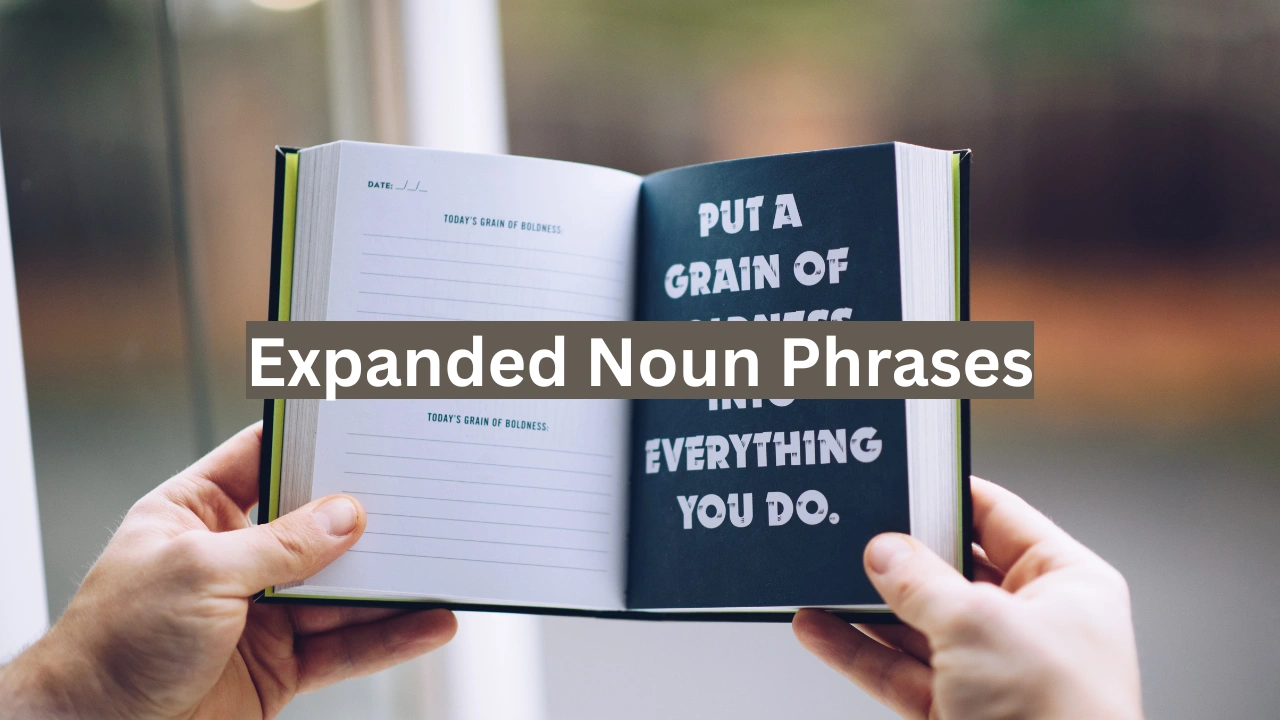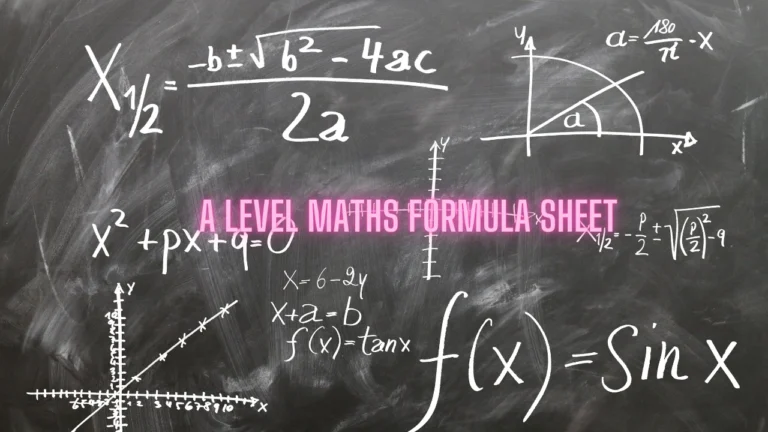Expanded Noun Phrases Made Easy: A Student’s Guide to Stronger Sentences
If you want your writing to be clear and full of detail, expanded noun phrases are your best friend. These small but powerful groups of words can add color, detail, and interest to your sentences. Even if you’re in middle school or just learning English, you can use this writing tool easily with a bit of practice. In this article, you’ll learn what expanded noun phrases are, why they matter, and how you can use them to improve your writing. Let’s dive in and explore this helpful grammar tool together.
What Is an Expanded Noun Phrase?
An expanded noun phrase is simply a noun phrase that gives more detail about the noun by adding adjectives or other words. A noun phrase by itself usually includes a noun and maybe a determiner like a, the, or some. When we add more descriptive words like adjectives or modifying phrases, it becomes expanded.
Why Do Writers Use Expanded Noun Phrases?
Writers use expanded noun phrases to describe people, places, animals, or things in more detail. This makes the writing easier to imagine and more fun to read. Whether you’re writing a story, a description, or even an essay, these phrases help your reader feel like they are right there with you.
For example, compare these two sentences:
- The girl ran down the road.
- The excited young girl in a blue dress ran down the busy city road.
The second sentence, which uses an expanded noun phrase, creates a much stronger mental image. You can picture the girl and her surroundings much more clearly.
Parts of an Expanded Noun Phrase

Most expanded noun phrases follow a simple pattern. They include:
- A determiner (like the, a, or some)
- Adjectives or descriptive words
- A noun (the person, animal, or object being described)
- Sometimes, a prepositional phrase for more detail
Here is a breakdown:
| Part of the Phrase | Example from Phrase: “The old wooden table in the corner” |
|---|---|
| Determiner | The |
| Adjectives | old, wooden |
| Noun | table |
| Prepositional Phrase | in the corner |
Putting all these parts together makes your writing stronger and more engaging.
How to Build Your Own Expanded Noun Phrases
Creating your own expanded noun phrases is easier than you think. Start with a simple noun. Then ask yourself: What kind of noun is it? What does it look like? Where is it? What is it doing?
Let’s try building one:
- Start with a noun: book
- Add a determiner: the book
- Add adjectives: the thick, dusty book
- Add more detail: the thick, dusty book on the shelf near the window
You now have a full expanded noun phrase that helps your reader imagine exactly what you’re describing.
Common Mistakes to Avoid
Even though expanded noun phrases are helpful, there are a few mistakes people make when they try to use them.
Using too many adjectives: If you stack too many descriptive words, the sentence can become confusing. For example: the shiny, blue, large, old, square, heavy box is too much.
Repeating the same idea: Avoid using adjectives that say the same thing. You don’t need the tiny small kitten.
Forgetting grammar rules: Always make sure your verbs and subjects still match when using longer phrases in a sentence.
Keep your writing balanced. Be detailed, but stay clear.
Using Expanded Noun Phrases in Different Types of Writing
Expanded noun phrases work in all types of writing. In stories, they help set the scene. In essays, they help explain ideas clearly. In reports, they give facts more detail. Let’s look at examples for each:
Story Example: The tall, quiet man with a black coat walked into the empty room.
Essay Example: The steady rise in fuel prices has affected the daily lives of many urban families.
Report Example: The bright red warning sign near the construction zone was visible from the highway.
In each case, the phrase gives the noun more life and makes the meaning more exact.
Why Schools Teach Expanded Noun Phrases
Teachers focus on noun phrases because they build better writing habits. They teach kids how to describe without using too many short, choppy sentences. They also help young writers learn how to connect ideas and organize their thoughts in a way that flows naturally. In many grammar curriculums around the world, children learn these phrases as part of sentence building. They are tested in writing exams and often used to grade descriptive writing skills.
Conclusion
Learning how to use expanded noun is a simple way to make your writing stronger and more colorful. Whether you are writing an exciting story or a simple school report, they will help you express your ideas more clearly. These phrases are like little tools that help you build powerful sentences. As you keep practicing, you’ll notice your writing getting better and more fun to read. Keep reading good books, notice how authors use descriptions, and try writing your own sentences with details that pop.







